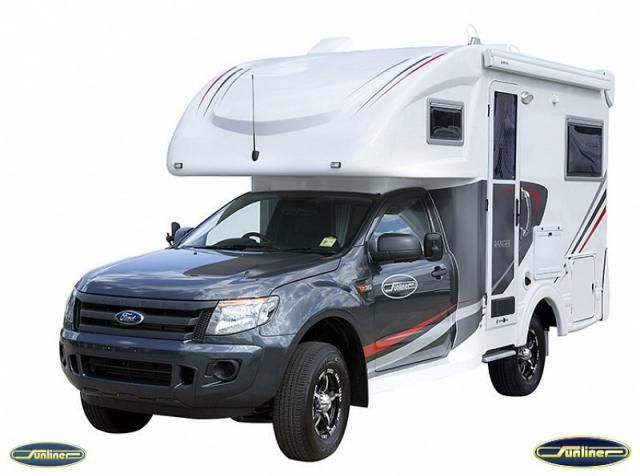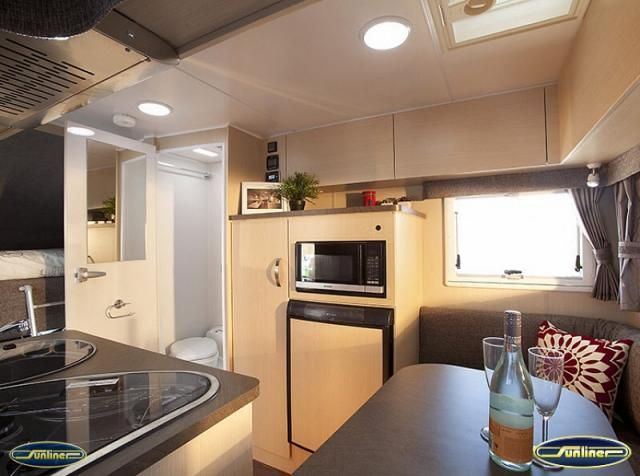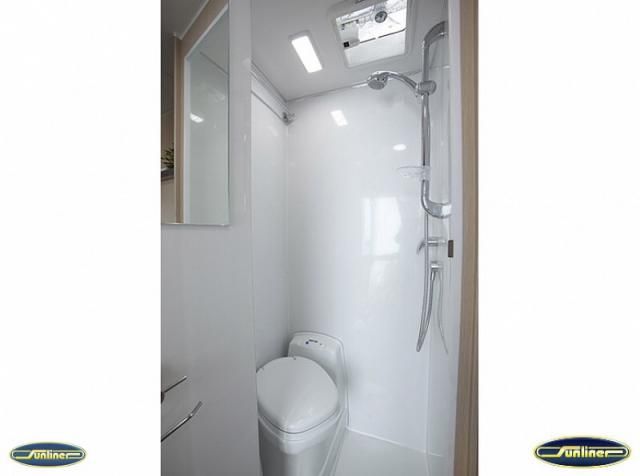Forum Discussion
50 Replies
- DiploStratExplorerThe big PITA with diesel engines now is the requirement to use DEF and low sulphur fuel. Both present challenges for round the world trips and create a premium for pre-2007 vehicles.
- RobertRyanExplorer
SkiMore wrote:
How much extra does a diesel truck cost in Australia? It's a lot in the US.
They do cost more, but not excessive as they sell so many - SkiMoreExplorer IIHow much extra does a diesel truck cost in Australia? It's a lot in the US.
- RobertRyanExplorer
rjstractor wrote:
RobertRyan wrote:
Those engines they have are a bit gutless for Off Road work. Also the frames they are built on are very light duty, they would need to be built as 1tonners, or in the US case on a 1 ton or 2 ton frame, then get beefed up for a "house" to be added.
I agree with you 100% on the frame and suspension. I know you hate gas engines, but the gas engines those trucks use have plenty of power. With low range gearing they would go straight up the side of a cliff if they had the traction. Also, the new Colorado is available in the US with a diesel.
Disagree ,their torque at lower revs is poor. The Diesel engine IF it gets introduced into the Colorado will be for Fuel efficiency. Of the many Global Pickups in Australia only two retain a gas engine. VW just dropped the gas option on their Amarok.
You do not have to flog a Diesel engine to get decent torque and power Off Road, they are equally low geared and they have better fuel efficiency than Petrol engines. The difference can be dramatic here - RobertRyanExplorer
DiploStrat wrote:
Robert,
To be fair, once you get up to an EarthCruiser, you are now squarely in the Sportsmobile (and Tiger) range as all are about the same size. As I may have mentioned, Beloved Spouse and I camped next to Michelle and Giles of EarthCruiser USA for several days at OEXPO East. We really like the EarthCruiser; lots of good ideas.
Sportsmobile make some rather gnarly beasts. My biggest/only quibble with the Sportsmobile is that, because of the Class B shape with the rounded corners, they have much less space inside than the square box of the Tiger. Also, they are generally less insulated. Insulation matters a lot to me right now, with temperatures between 0 and 15F! Also, the 9500 lb. GVWR (compared with the 11500 lb. of the Tiger) does limit you a bit on batteries, water, etc. Interestingly, I was chatting with Alan Feld of Sportsmobile and asked him why, now that they were making their own fiberglass bodies for the Ford Van (Ford has gone to cutaways only), the didn't square it off a bit to increase the interior space. He said that basically their customers really wanted the van shape. Of course, that also means that a lot of Sportsmobiles have a lot of boxes, etc., on the outside, and, while Aluminess makes nice stuff, I always worry about it shaking off on washboard.
The appeal of the Aussie beasts that you have been linking to is that they are fully one size smaller than my Tiger and competition, while still offering a rather large camper.
You pretty well sum up the limitations of Sportsmobile and the advantages of the Mini C's - RobertRyanExplorer
DiploStrat wrote:
Robert,
To be fair, once you get up to an EarthCruiser, you are now squarely in the Sportsmobile (and Tiger) range as all are about the same size. As I may have mentioned, Beloved Spouse and I camped next to Michelle and Giles of EarthCruiser USA for several days at OEXPO East. We really like the EarthCruiser; lots of good ideas.
Sportsmobile make some rather gnarly beasts. My biggest/only quibble with the Sportsmobile is that, because of the Class B shape with the rounded corners, they have much less space inside than the square box of the Tiger. Also, they are generally less insulated. Insulation matters a lot to me right now, with temperatures between 0 and 15F! Also Alan Feld of Sportsmobile and asked him why, now that they were making their own fiberglass bodies for the Ford Van (Ford has gone to cutaways only), the didn't square it off a bit to increase the interior space. He said that basically their customers really wanted the van shape. Of course, that also means that a lot of Sportsmobiles have a lot of boxes, etc., on the outside, and, while Aluminess makes nice stuff, I always worry about it shaking off on washboard.
The appeal of the Aussie beasts that you have been linking to is that they are fully one size smsaller than my Tiger and competition, while still offering a rather large camper.
You pretty well sum up the limitations of Sportsmobile and the advantages of the Mini Class C's RobertRyan wrote:
Those engines they have are a bit gutless for Off Road work. Also the frames they are built on are very light duty, they would need to be built as 1tonners, or in the US case on a 1 ton or 2 ton frame, then get beefed up for a "house" to be added.
I agree with you 100% on the frame and suspension. I know you hate gas engines, but the gas engines those trucks use have plenty of power. With low range gearing they would go straight up the side of a cliff if they had the traction. Also, the new Colorado is available in the US with a diesel.- pnicholsExplorer IIThat one rig in the photos above coming out of the river in the mud just plain looks way to tall and top-heavy relative to it's track-width to me. (Actually, the same as many U.S. truck camper setups do.)
It's just the way I'm wired I guess - a vehicle that is intended to be used in a rugged way has to first and foremost look the part - and that includes eye-ball geometric shape (including tires that fill the wheel-wells), for starters. I'll always default to as wide as possible and as low a roof-height as possible in any vehicle intended for traveling offroad.
BTW, Sportsmobile approach and departure angles are outstanding. If one wants to keep their Sportsmobile's rear overhang short (for a good departure angle), they don't have to order a Sportsmobile on the 4X4 extended van chassis, and the front tires are right at the front for the best approach angle possible. Also, there of course is no need to be concerned about the living area being mechanically isolated from the cab area with the Sportsmobile - however the cab area twists and flexes, the living area twists and flexes in unison with it. - DiploStratExplorerRobert,
To be fair, once you get up to an EarthCruiser, you are now squarely in the Sportsmobile (and Tiger) range as all are about the same size. As I may have mentioned, Beloved Spouse and I camped next to Michelle and Giles of EarthCruiser USA for several days at OEXPO East. We really like the EarthCruiser; lots of good ideas.
Sportsmobile make some rather gnarly beasts. My biggest/only quibble with the Sportsmobile is that, because of the Class B shape with the rounded corners, they have much less space inside than the square box of the Tiger. Also, they are generally less insulated. Insulation matters a lot to me right now, with temperatures between 0 and 15F! Also, the 9500 lb. GVWR (compared with the 11500 lb. of the Tiger) does limit you a bit on batteries, water, etc. Interestingly, I was chatting with Alan Feld of Sportsmobile and asked him why, now that they were making their own fiberglass bodies for the Ford Van (Ford has gone to cutaways only), the didn't square it off a bit to increase the interior space. He said that basically their customers really wanted the van shape. Of course, that also means that a lot of Sportsmobiles have a lot of boxes, etc., on the outside, and, while Aluminess makes nice stuff, I always worry about it shaking off on washboard.
The appeal of the Aussie beasts that you have been linking to is that they are fully one size smaller than my Tiger and competition, while still offering a rather large camper. - RobertRyanExplorerBetter comparison for the Sportsmobile E350 would be this Built not far from my sisters place



About Motorhome Group
38,744 PostsLatest Activity: Aug 13, 2025



